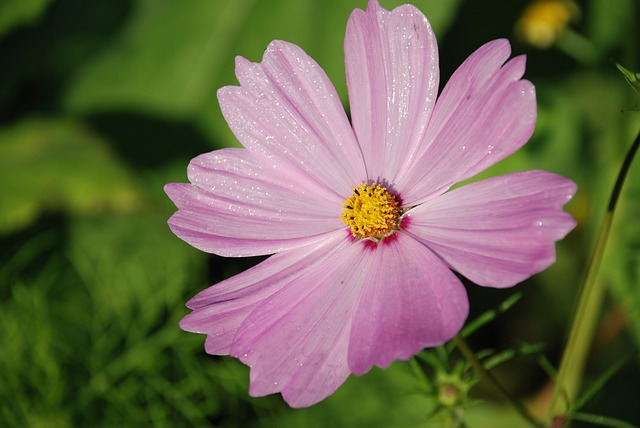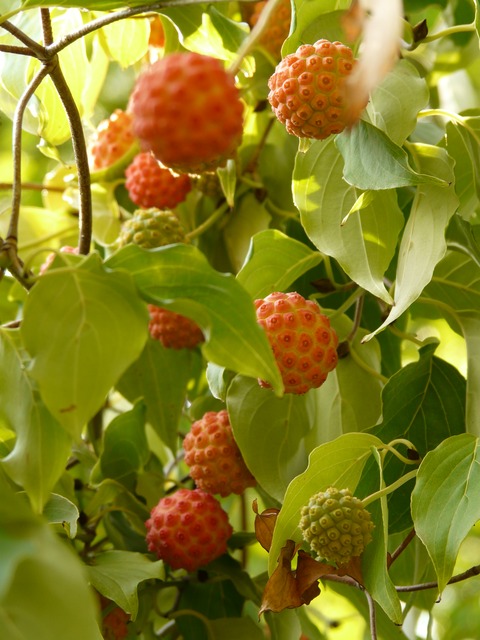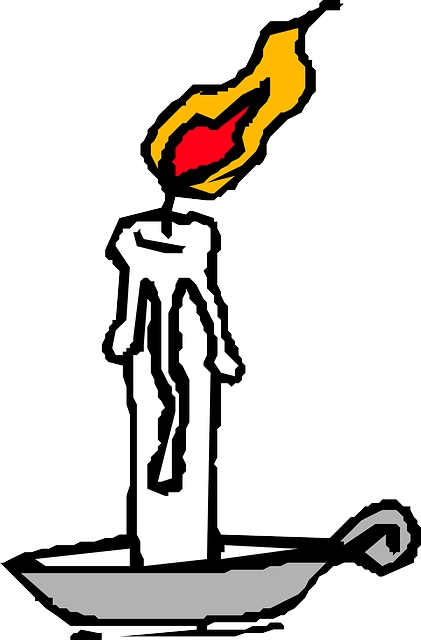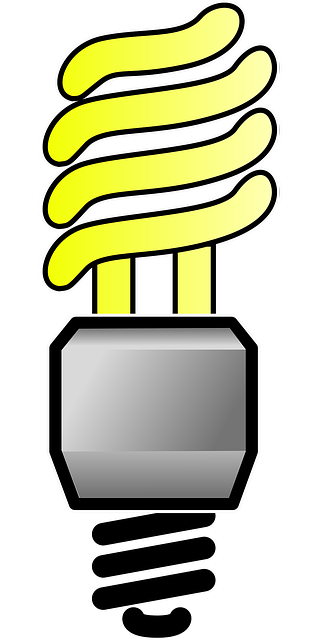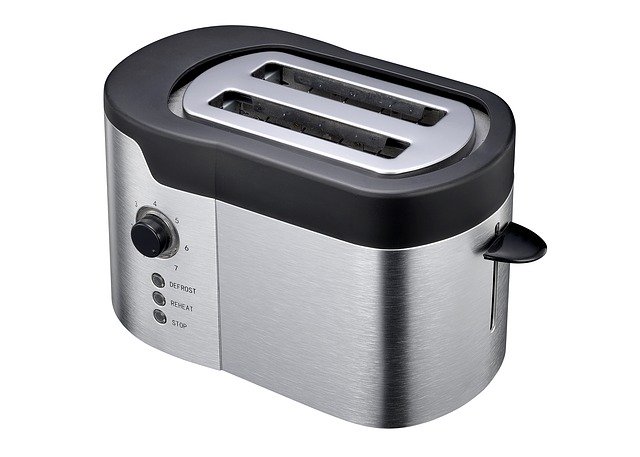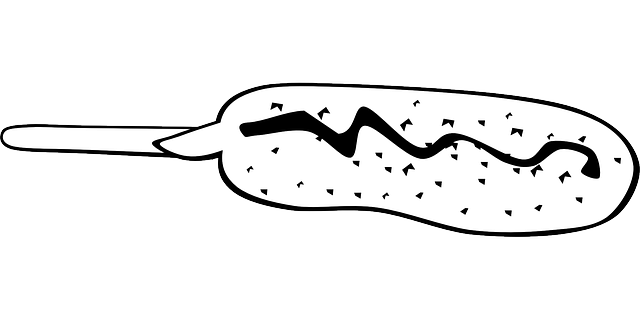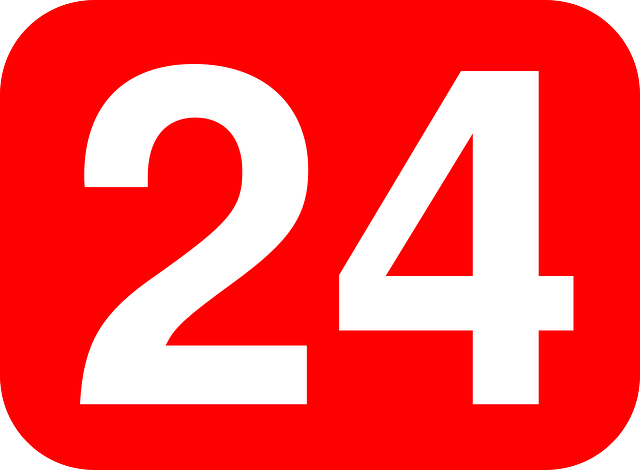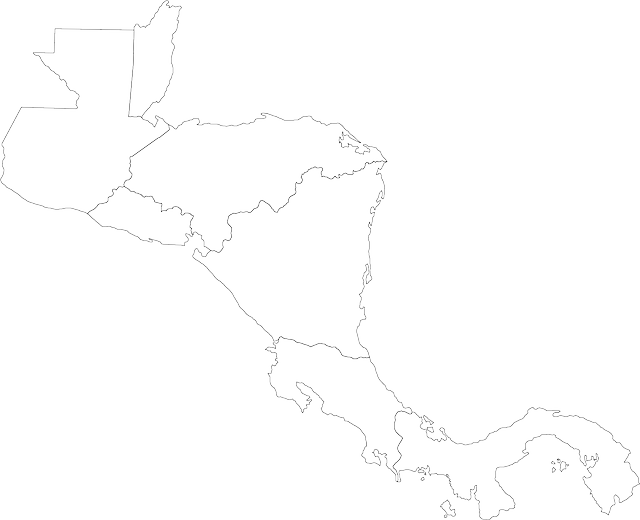السياسات المائية لحوض النيل
يعتبر نهر النيل من المواضيع المثيرة للجدل السياسي. ونهر النيل هوأطول نهر في العالم ، يمتد على مساحة 6.700 كيلومتر عبر عشر دول في شمال شرق أفريقيا ؛ رواندا ، بوروندي ، جمهورية الكونغوالديموقراطية ، تنزانيا ، كينيا ، أوغندا ، إثيوبيا ، السودان ، ومصر. في ظل مناخ متنوع. أما بخصوص حوض النيل ، فستأثر السودان بالمساحة الأكبر ، (1.9 مليون كم3) ، مع الأربع روافد الأساسية للنيل ، ثلاثة منهم منبعهم من إثيوبيا هم النيل الأزرق ، السوباط ، وعطربة.
الجغرافيا
الجدول التالي يوضح بلدان حوض نهر النيل ونصيب الفرد من المياه وتأثر ذلك بالمستوى الإقتصادي والزيادة السكانية:
| البلد | عدد السكان 1995 (مليون) |
عدد السكان 2025 (مليون) |
نصيب الفرد من الناتج القومي 1996 (دولار) |
السكان تحت خط الفقر (1 دولار/يوم) (PPP) (%) |
نصيب الفرد من المياه المتاحة 1990 (م3) |
نصيب الفرد من المياه المتاحة 2025 (م3) |
|---|---|---|---|---|---|---|
| بوروندي | 6.4 | 13.5 | 170 | 655 | 269 | |
| الكونغود. | 43.9 | 104.6 | 160 | 359,803 | 139,309 | |
| مصر | 62.9 | 97.3 | 1,090 | 7.6 | 1,123 | 630 |
|
|
55.1 | 126.9 | 100 | 33.8 | 2,207 | 842 |
| كينيا | 28.3 | 63.4 | 320 | 50.2 | 636 | 235 |
| رواندا | 8 | 15.8 | 190 | 45.7 | 897 | 306 |
| السودان | 28.1 | 58.4 | 4,792 | 1,993 | ||
| تنزانيا | 29.7 | 62.9 | 170 | 16.4 | 2,924 | 1,025 |
| اوغندا | 21.3 | 48.1 | 300 | 50 | 3,759 | 1,437 |
الماء كمصدر للنزاع
لمصر حقوق تاريخية في نهر النيل، واعتبرت هذه الحقوق هي أساس المفاوضات بين مصر ودول المنبع الأخرى. ويعني وجود هذا الحق حتى أي تخفيض في كمية مياه النيل التي تصل إلى مصر يعتبر تهديدا للأمن القومي المصري ويمكن حتى يؤدي إلى نشوب نزاعات محتملة. There have been occasions when Egypt has threatened to go to war over Nile water. This is has been always because of a threat to Egypt's water supply by neighbouring states. Sudan also has hydraulic potential and has created four dams in the last century. This has resulted in the development so far of 18,000 km² of irrigated land, making Sudan the second most extensive user of the Nile, after Egypt.
While Egypt is highly dependent on the Nile, there are factors that prevent the necessity of conflict over the distribution of the Nile's water supply. For example, Egypt no longer has such an agriculturally-dependent economy. Further, Egypt is already dependent on virtual water imports, and we can see that pursuing this as an alternative may prove an efficient way of avoiding water conflict. On the other hand, consider the riparian state of Ethiopia, whose tributaries supply about 86 percent of the waters of the Nile, conflict could arise from the fact that Ethiopia has limited hydraulic power and only uses about one percent of the Nile. With this in mind, some academics argue that it is the fact that other riparian states simply do not have the resources to enter into conflict that conflict has not yet occurred. However, this is not the only reason that conflict has not occurred. Governments, over the years, have put agreements and treaties into place so that conflict can be controlled.
مصر ونهر النيل
Egyptian civilization has sustained itself utilizing water management and agriculture for some 5,000 years in the Nile River valley. The Egyptians practiced basin irrigation, a form of water management adapted to the natural rise and fall of the Nile River. Since around 3000 B.C., the Egyptians constructed earthen banks to form flood basins of various sizes that were regulated by sluices to redirect floodwater into the basin were it would sit until the soil was saturated, the water was then drained, and crops planted. This method of agriculture did not deplete the soil of nutrients or cause salinization problems experienced by modern agricultural methods. In 1869, the Suez Canal was opened linking the Mediterranean and the Red Sea, creating an international transportation route and linking the resources of Egypt to international trade.
إستعمار مصر
في 1875، قامت الحكومة البريطانية المحافظة برئاسة بنجامين دزرائيلي بشراء حصة حاكم مصر المديون الخديوي إسماعيل في قناة السويس والبالغة 44% من أسهم الشركة المالكة لقاء £4 مليون جنيه استربيني لتأمين السيطرة على الممر المائي الاستراتيجي, الذي يربط بريطانيا بدرة تاجها الهند، وذلك بعد افتتاح القناة بستة أعوام. التحكم المالي الأنجلو-فرنسي في مصر انتهى باحتلال بريطاني صريح في 1882. وفي 1898, أعاد الإنجليز اخضاع السودان, وأزالوا الأحراش المحاذية لنهر النيل وخلقوا شبكة مصارف بديلة لتحسين نوعية المياه النيل ولتحسين سريانه.
إدارة النزاع
المعاهدات الإستعمارية وتأثيرها على نهر النيل
أدت معاهدات العهد الإستعماري إلى حقوق، يراها البعض غير متساوية، لاستخدام مياه النيل بين دول حوض النيل.
- 15 أبريل 1891 – المادة III من الپروتوكول الأنگلو-إيطالي. المادة III تنص على التالي "تتعهد الحكومة الايطالية بعدم اقامة منشآت على نهر عطبرة، تخص الري، أوأي أعمال يمكن حتى تؤثر على تدفق المياه لنهر النيل". وخطت المادة بلغة غامضة للغاية لتوفر حقوق الملكية أوحقوق استخدام المياه.
- 15 مايو1902 – المادة III من المعاهدة بين بريطانيا العظمى وإثيوپيا. وتنص على “جلالة الامبراطور منليك الثاني, ملك ملوك إثيوبيا, يتعهد معهد صاحبة الجلالة ملكة بريطانيا بعد القيام ببناء أي أعمال على النيل الأزرق، بحيرة تانا، أونهر السوباط، من شأنها التأثير على تدفق مياه الكيانات المائية الثلاثة بدون موافقة حكمة صاحبة الجلالة أوحكومة السودان" وأصبحت هذه الاتفاقية من أكثر الاتفاقيات إثارة للجدل حول استخدامات مياه النيل.
- 9 مايو1906 – المادة III من الإتفاقية بين بريطانيا وحكومة دولة الكونغوالمستقلة. تنص على "تتعهد حكومة دولة الكونغوالمستقلة بعدم انشاء، أوالسماح بانشاء، أي أعمال على أوبالقرب من نهر سميليكي أوإيسانگووالتي يمكن حتى تقلل من حجم المياه التي تصب في بحيرة ألبرت الا بموافقة الحكومة السودانية". وقد سقطت بلجيكا نيابة عن الكونغوعلى الرغم من حتى هذه الاتفاقية تخص فقط دول مصب نهر النيل وتعمل على تقييد شعب الكونغومن استخدام الجزء المار من نهر النيل في بلادهم.
- 13 ديسمبر 1906 – المادة 4(أ) من المعاهدة الثلاثية Tripartite Treaty (بريطانيا-فرنسا-إيطاليا). المادة 4(أ) وتنص على “للعمل معا... لحماية; ... مصالح بريطانيا العظمى ومصر في حوض النيل, وخاصة فيما يتعلق بتنظيم مياه هذا النهر وروافده (مع مراعاة المصالح المحلية) دون المساس بمصالح ايطاليا". هذه المعاهدة، في الواقع, تنفي حق إثيوبيا السيادي في مياه النيل. وقد رفضت إثيوبيا هذه المعاهدة ولم تكن قوتها العسكرية والسياسية كافية لاستعادة استخدام مياه النيل.
- وفي عام 1925 تبادلت مذكرات ما بين بريطانيا وايطاليا تخص بحيرة تانا والتي تنص على "... تعترف ايطاليا بالحقوق المائية لمصر والسودان.. مع عدم بناء أي منشآت على النيل الأزرق والأبيض (السوباط) وروافدهما وأي عمل من شأنه التأثير على تدفق مياههما على النهر الرئيسي." اعترضت إثيوبيا على الاتفاقية وأخطرت الطرفين (ايطاليا وبريطانيا) باعتراضها.
"إلى الحكومة الايطالية: حيث أنكم قد انضممتم للاتفاقية، وأنكم قد وقفتم على حتى تقدموا لنا اعلان مشهجر عن الاتفاقية، make it clear that your intention is to exert pressure, and this in our view, at once raises a previous question. This question which calls for preliminary examination, must therefore be laid before the League of Nations."
"إلى الحكومة البريطانية: لقد قامت الحكومة البريطانية بالعمل بالدخول في مفاوضات مع الحكومة الإثيوبية حول هذا مقترحها، وكان لدينا تصور أنه، اذا ما ولج هذا الاقتراح حيز التطبيق أم لا، فإن المفاوضات التي اختتمت معنا، فإنه من المؤكد ألا يتم توقيع أي اتفاقية تخص بحيرتنا مع حكومة أخرى."
- 7 مايو، 1929 – اتفاقية بين مصر والسودان الأنگلومصري. تضمنت الاتفاقية:
- ستنتفع مصر والسواد بمقدار 48 و4 بليون متر مكعب من مياه النيل سنويا، على التوالي;
- تدفق نهر النيل خلال 20 يوليو15 (موسم الجفاف) سيكون محفوظا لمصر;
- لمصر الحق في مراقبة تدفق النيل في دول المنبع;
- لمصر الحق في القيام بمشاريع متعلقة دون موافقة الدول المشاطئة العليا.
- لمصر الحق في الاعتراض على أي مشاريع انشائية من شأنها التأثير على مصالحها سلبا؟
في الواقع، تعطي هذه الاتفاقية لمصر الادارة الكاملة على نهر النيل أثناء موسم الجفاف عندما تشتد الحاجة للري الزراعي. وتقلل كثيرا من المياه المستخدمة في السودان ولا توفر أي كمية من المياه للدول المشاطئة الأخرى.
- اتفاقية النيل 1959 بين السودان ومصر للتحكم الكامل في استخدام مياه النيل. وتضمنت هذه الاتفاقية.
- تم حسم الخلاف حول متوسط كمية الفيضان السنوي لنهر النيل وتم تحديده والاتفاق عليه بحوالي 84 مليون متر مكعب يقدر عند السد العالي في أسوان، بمصر.
- سمحت الاتفاقية بأن يتم تقسيم الفيضان السنوي لنهر النيل بين السودان ومصر بكميات 18.5 و55.5 متر مكعب، على التوالي.
- المياه المفقودة سنويات عن طريق البخر أوعوامل أخرى قدرت بحواليعشرة بليون متر مكعب. ويجب حتى تخصم هذه الكمية من نصيب مصر والسودان المسقطتان على الاتفاقية.
- تقوم السودان، بالاتفاق مع مصر، بانشاء مشروعات من شأنها حتى يؤيد من تدفق النيل عن طريق منع التبخر في مستنقعات السدود في النيل الأبيض الواقع في شمال السودان. وسوف يتم تقسيم تكاليف انشاء هذه المشروعات بالتساوي بينهما. اذا ما اتىت مطالبات من الدول المشاطئة بخصوص موارد مياه النيل، ستقوم جميع من السودان ومصر بالعمل عليها.
- اذا ما انتشرت المطالبات وتم تقاسم مياه النيل مع دول مشاطئة أخرى، فإنه سيتم خصم الكمية المخصصة من مصر والسودان والمخصصات/الحصص المقدرة لحجم النيل عند أسوان.
- وضمنت الاتفاقية لمصر حقها في انشاء السد العالي عند أسوان والذي يمكنها من تخزين تام الفيضان السنوي لنهر النيل.
- وضمنت الاتفاقية للسودان حق انشاء سد الروصيرص على النيل الأزرق، وتطوير مشروعات الري ومولدات الطاقة الكهرومائية الأخرى حتى تستخدم حصتها الكاملة من مياه النيل.
- سوف تأسس لجنة فنية لتأمين التعاون التقني بينهما.
مبادرة حوض النيل
مبادرة حوض نهر النيل تم إعلانها في دار السلام في فبراير 1999 ،وهى تعبير عن مشاركة إقليمية بين دول حوض نهر النيل التى يجمعها السعى المشهجر للتنمية والإدارة المستدامة لمياه نهر النيل. ويسعى إعلان حوض نهر النيل إلى الاستخدام الأمثل لمياه النهر، لفائدة شعوب حوض نهر النيل للأجيال الحالية والمستقبلية. ويمثل ذلك تحدياً كبيراً أمام تحقيق تنمية اقتصادية وزيادة السكان وتنامى الطلب على المياه.
سياق القانون الدولي
- 1966 Helsinki Rules – Adopted by the International Law Association at the 52nd conference held in Helsinki in August of 1966, the rules govern use of waters of an international drainage basin except as may be provided otherwise by convention, agreement or binding custom among the basin States.
- 1995 SADC Shared Watercourse System Protocol - Protocol on shared watercourse systems in the Southern African development community (SADC) region signed at Johannesburg, 28 August 1995 recognized the following principals:
- BEARING in mind the Helsinki Rules on uses of the waters of International Rivers and the work of the International Law Commission on the non-navigational uses of international watercourses;
- RECOGNISING the relevant provisions of Agenda 21 of the United Nations Conference on Environment and Development, the concepts of environmentally sound management, sustainable development and equitable utilization of shared watercourse systems in the SADC Region;
- CONSIDERING the existing and emerging socio-economic development programs in the SADC region and their impact on the environment;
- DESIROUS of developing close co-operation for judicious and coordinated utilization of the resources of the shared watercourse systems in the SADC region;
- CONVINCED of the need for coordinated and environmentally sound development of the resources of shared watercourse systems in the SADC region in order to support sustainable socio-economic development;
- RECOGNISING that there are as yet no regional conventions regulating common utilization and management of the resources of shared watercourse systems in the SADC region;
- MINDFUL of the existence of other Agreements in the SADC region regarding the Common utilization of certain watercourses.
- 1997 United Nations Convention on the Law of Non-Navigational Uses of International Watercourses.
آثار المعاهدات والسياسات على استخدام المياه في حوض النيل
During the colonial period, Britain effectively controlled the Nile through its military presence in Africa. Since Egyptian independence, Sudan has renegotiated with Egypt over the use of the Nile waters. The 1959 agreement between Sudan and Egypt allocated the entire average annual flow of the Nile to be shared among the Sudan and Egypt at 18.5 and 55.5 billion cubic meters respectfully, but ignored the rights to water of the remaining eight Nile countries. Ethiopia contributes 80% of the total Nile Flow, but by the 1959 agreement is entitled to none of its resources. Since the early 1990’s, Ethiopia has successfully countered Egyptian and Sudanese resistance to water development projects in Ethiopia to increase irrigation and hydroelectric potential.
آفاق التعاون في حوض النيل
Egypt continues to be the primary user of Nile water. Accordinng to Swain and Fadel, political instability and poverty in the other nine riparian countries has limited their ability to move toward socioeconomic development of the Nile. According to Lemma, the greatest question facing the Nile riparian states is: Will the Nile Basin Initiative help them overcome the unjust and unequal distribution of Nile water resources?
قضايا أخرى في السياسات المائية
تلوث نهر النيل
While most of the river’s water quality is within acceptable levels, there are several hot spots mostly found in the irrigation canals and drainages. Sources of pollutants are from agricultural, industrial, and household waste. There are 36 industries that discharge their pollution sources directly into the Nile, and 41 into irrigation canals. These types of industries are: chemical, electrical, engineering, fertilizers, food, metal, mining, oil and soap, pulp and paper, refractory, textile and wood. There are over 90 agricultural drains that discharge into the Nile that also include industrial wastewater. The water exceeds the European Community Standards of fecal contamination and there is a high salinization and saline intrusion in the delta. Salinization happens when there’s a build up of salts in the soil. The soil can’t retain water which prevents anything from growing. Saline intrusion is when the ground is saturated with saltwater. The northeast Nile Delta region has a high incident rate of pancreatic cancer that is believed to be from high levels of heavy metals and organchlorine pesticides found in the soil and water. Exposure to cadmium is most commonly known through smoking, though it is believed that in this region, the exposure is from contact through the heavy metals and pesticides found in the soil and water. Schistosomiasis (a disease caused by parasitic worms) has been found in irrigation canals along with benthic cyanobacteria forming mats. [1]
قنوات الري
Agriculture is the largest consumer of water in Egypt using about 85% of available water. Drainage water from the agricultural fields contains pollutants such as pesticide residues, toxic organic and inorganic pollutants, salts and treated and untreated domestic wastewater. In the East - Delta drains - Faraskour, Serw and Hadous, samples of the water contained high levels of hookworms and other intestinal helminth eggs. In villages where the only available water is from irrigation canals, women use the water for domestic purposes and also dump the used water back into the drainages. In some areas, low water levels don’t reach the waterways, so farmers build illegal waterwheels to get the water up the canals to irrigate their land. Lack of drainage canals and the enforcement by officials to address these problems contribute to pollution of land and water. Villagers drinking polluted water have been affected with kidney and liver diseases. Animal manure, dredged sediments from drains and sludge for fertilizer are leached and the contaminants are a major source of pollution. Agricultural drainage water reuse is used by farmers legally and illegally. Improper irrigation and lack of education on effective irrigation methods and crop production contributes to crop failure and polluting of canals. In areas where there is no formal operational structure for pumping water of individual diesel pumps, the tail-end users usually are not getting enough water to maintain crops.
الحكومة والمزارعين
There are twenty-five agencies, under seven ministries that are involved in maintaining water quality, yet their communication and data sharing between agencies is underdeveloped. Water User Associations which are non-governmental associations of farmers who organize an irrigation process of all agricultural land, maintain diesel pumps and deal with conflicts between farmers and water management. More information on Water User Associations can be found here. They have been around since 1988, but have lacked structure and the inclusion of women. Women are seen as contributors to pollution of irrigation canals since they wash clothes, dishes and animals in the drainages. The lack of planning and corruption within governmental departments, the neglecting of concerns and disbursement of low-quality land to the poor, and the improper education of safe handling methods and improper irrigation and crop management for men and women, all contribute to poor water quality. Though money is a major factor in improving these areas, in the case of erasing corruption and improving interdepartmental communication, stricter rules and enforcement of them is something that can be done immediately. Increasing Water User Associations (WUA) and establishing a communication chain between these associations and government departments is recommended. Appointing field supervisors for designated areas to oversee WUA’s and educate farmers on irrigation methods (like drip irrigation that applies water to the root zone which can reduce water use by 30 to 60 percent), effective water distribution during crop cycle, crop rotation and soil management. Field supervisors can also monitor water levels, check on the maintenance of pumps and report on drainage structures. The World Bank has financed the agricultural drainage program in Egypt since 1970. This program equips agricultural land with subsurface drains. These drains are made of plastic pipes produced in government-owned plants in the Nile Valley and Delta. Landholders pay for the installation of drains on a 20 year interest-free annual installments. Subsurface drainage has shown to improve soil conditions and crop yield. Educating farmers on the functioning of these subsurface drainages are needed to prevent a disruption of water supply to all connected fields. Since these drainages can’t be seen on the surface, if a farmer closes a drain to keep more water in his field it will prevent water from reaching users beyond.
الحلول
Since agricultural lands are not charged for water, but are for irrigation and drainage improvements, WUA’s should be responsible for payment as it would produce a group responsibility of all members. Monitoring of water and soil quality should be left to the WUA’s and reported to field supervisors which then report to the Ministry of Water Resources and Irrigation (MWRI) office. Since the effort to produce clean water will take time, steps that can be taken as short term results are: Tapping into shallow wells for drinking water obtained from fields and unlined canals; since the soil acts as a filter it can remove contaminants. Consulting with farmers when designing irrigation systems for optimal performance should be taken into consideration. (IWMI, 2006) Informing the public of safe handling of food methods, the use of manure and mulching crop residue, less evasive tillage and rotating crops that don’t need the same nutrients to improve the soils ability to hold water, and switching to short duration crops to decrease water consumption is advised. Proper application of reused drainage water during a crops growth cycle is optimal. In Giza, they have the largest governorate discharge of agricultural, industrial and domestic sewage that goes directly into the Nile through three drains without treatment. A solution is to construct three wastewater treatment plants with “activated sludge” and “high capacity”. “Activated sludge” is the cheapest technology that reduces E. coli and biological oxygen demand (BOD) concentrations and switching the Abu-Rawash treatment plant from primary to activated sludge. Public and industrial awareness should also be promoted to reduce illegal dumping. Public awareness can help achieve efficient water usage and cleaner water. Increased monitoring of discharged areas and enforcing fines of illegal dumping should be integrated in already established government offices. Monitoring of these enforcements should be done by an outside source like the World Bank since they have provided Egypt with financing for improvements of water usage. If the World Bank finds the government has not enforced the established fines, then they can add exceptions to their loan agreements that would create incentives for enforcement of fines.
نقد
Some scholars downplay the geopolitical importance of water. Jan Selby, for instance, argues that whilst oil has been a principal cause of regional economic growth, adequate water supply has been a product. Selby claims the 'water wars' is also weak in terms of failed forecasts, and that conflict in the last century was more often due to oil than water. (The 1990-1991 Gulf War is an example of this).
Others argue that, beside water, they are more outstanding foreign policy concerns which relate to ideological, economic and strategic relations with neighbouring states, (and with outside powers), and access to 'goods' such as foreign aid and investment, oil revenues and remittances, illegal economies and military hardware make water conflict a marginal concern.
المصادر
- ^ M Chatteri et al. (2002) Conflict Management of Water Resources. Hampshire, Ashgate Publishing Ltd. p 146
- ^ J Selby. The Geopolitics of Water in the Middle East: Fantasies and Realities in the Third World Quarterly, Vol. 26, No. 2. pp 329-349 (2005)
- ^ S Postel.(1999) Egypt's Nile Valley Basin Irrigation http://www.waterhistory.org/histories/nile/t1.html.
- ^ K. Mekonnen (1999)The Defects and Effects of Past Treaties and Agreements on the Nile River Waters: Whose Faults Were they? http://www.ethiopians.com/abay/engin.html.
- ^ المركز الدولي للأبحاث التنموية
- ^ FAO Corporate Document Repository. (1995)Protocol on shared watercourse systems in the Southern African development community (SADC) region signed at Johannesburg, 28 August 1995. http://www.fao.org/docrep/W7414B/w7414b0n.htm.
- ^ A. Swain. (2002) SAIS Review. The Nile Basin Initiative: Too Many Cooks, Too Little Broth. 22,2. pp. 293-308.
- ^ A. Swain. (2002)SAIS Review. The Nile Basin Initiative: Too Many Cooks, Too Little Broth. 22,2. pp. 293-308.
- ^ M. El Fadel. (2003)Journal of Natural Resources and Life Sciences Education: The Nile Basin: a Case Study in Surface Water Conflict Resolution. 32,7. pp. 107-117.
- ^ S. Lemma. (2001) Cooperating on the Nile not a Zero-sum Game. UN Chronicle. 3. p. 65.
- ^ NBI, 2005.Nile Basin Initiative, 2005. Nile Basin National Water Quality Monitoring Baseline Study Report for Egypt
- ^ Soliman, A, et al. 2005. Environmental Contamination and Toxicology: Geographical Clustering of Pancreatic Cancers in the Northeast Nile Delta Region of Egypt:
- ^ Khairy, A. 1998. Eastern Mediterranean Health Journal: Water Contact Activities and Schistosomiasis Infection in menoufia, Nile Delta, Egypt: Volume 4, Issue 1 pp. 100-106
- ^ Nile Basin Initiative, 2005. Nile Basin National Water Quality Monitoring Baseline Study Report for Egypt
- ^ Water Policy Program, 2002. Survey of Nile System Pollution Sources Report No. 64.
- ^ Land Center for Human Rights, 2005. Water Problems in the Egyptian Countryside Between Corruption and Lack of Planning, Case Studies of Two Egyptian Villages, Land and Farmers Series, Issue No. 32
- ^ IPRID Secretariat, 2005. Rapid Assessment Study Towards Integrated Planning of Irrigation and Drainage in Egypt Final Report 2005
- ^ Water Policy Program, 2002. Survey of Nile System Pollution Sources Report No.64.
- ^ El Awady, N. 2005 Government-Imposed Non-Governmental Water Associations * A Solution or Just More Trouble? September 25, 2005 http://www.islamonline.net/servlet/Satellite?c=Article_C&cid=1157962441126&pagename=Zone-English-HealthScience%2FHSELayout
- ^ Knegt, J. 2000. Drainage in Developing Countries: A Review of Institutional Arrangements. Wageningen University The Netherlands
- ^ Said, A. 1999, Analysis of Nile Water Polluton Control Strategies: A Case Study Using The Decision Support System for Water Quality Management, JCID-CHID
- ^ J Selby. The Geopolitics of Water in the Middle East: Fantasies and Realities in the Third World Quarterly, Vol. 26, No. 2. pp 329-349 (2005)
- ^ J Selby. The Geopolitics of Water in the Middle East: Fantasies and Realities in the Third World Quarterly, Vol. 26, No. 2. pp 329-349 (2005)


